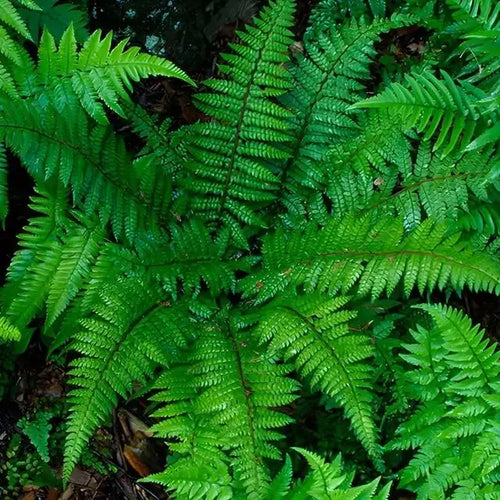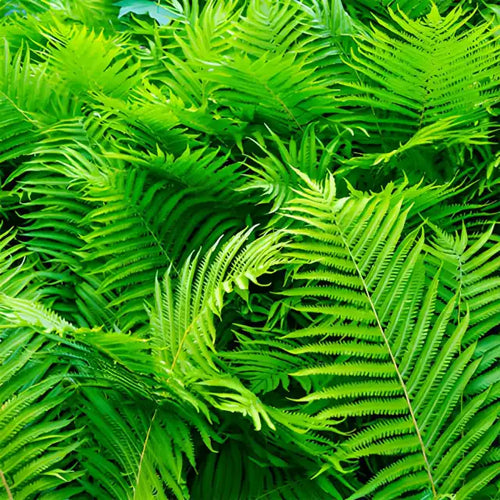Filters
Sun ferns are different. They drink in the sunlight more readily, giving you another way to grow ferns, especially if you live in a warmer or sunnier region. TN Nursery has various ferns, including plenty of sun-loving plants you can grow inside or out.
How Sun Ferns Are Different
Some ferns tolerate the cold better than others. Sun-loving ferns fall into the former category, as they're surprisingly straightforward if they get allowed to regrow every year if they get good enough care. You can leave your ferns outdoors during winter for a period of dormancy or keep them inside where it's warm. They might not stop growing!
Sun Ferns to Add to Your Garden
With so many beautiful Sun ferns to select from, you can furnish your indoor or outdoor garden at TN Nursery. We promise low prices, as we provide all our plant growers directly. Your sun-loving ferns are protected for one year under our 100% guarantee.
Here are some to explore.
- Bracken fern: This perennial fern produces tropical, bright green fronds that give you a daily taste of the islands. If grown outdoors, it can provide fantastic ground cover.
- Lady fern: Dainty and feathery, the lady fern prefers shaded yet wet environments such as woodlands. Its pale green color is elegant and appealing. It’s also a great plant if your yard has soil erosion issues, as it can create stable conditions.
- Cinnamon fern: This deciduous fern’s fronds change from green to cinnamon brown, earning it its nickname. Excellent as ornamentals, cinnamon ferns are another strong choice for soil erosion issues.
- Fiddlehead fern: The shoots of this frond gather tightly at the top, explaining why it’s called fiddlehead. The fronds almost resemble a violin scroll! This fern turns heads and will make an impact in your garden.
- Christmas fern: The evergreen fern doesn’t lose its luster in the winter. Its green leaves keep shining, so you can decorate with this one even when other ferns and plants have fallen into dormancy.
Benefits Of Planting Sun Ferns
Sun ferns are regarded for privacy, long bloom times, and erosion control. The ferns available at TN Nursery will help you build a brighter, better garden. You’ll enjoy longer-blooming ferns at affordable prices. We also provide fast shipping to get your ferns here sooner.
We've been family-owned and operated since 1959 and are a gardener's top choice. We hope we become yours!






